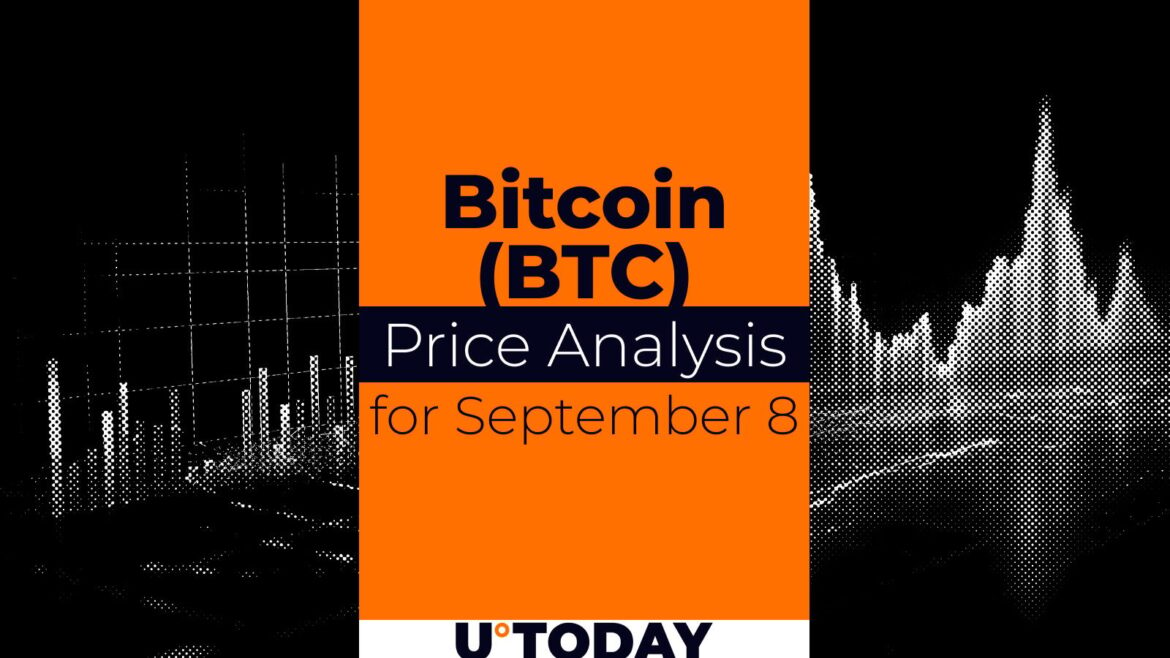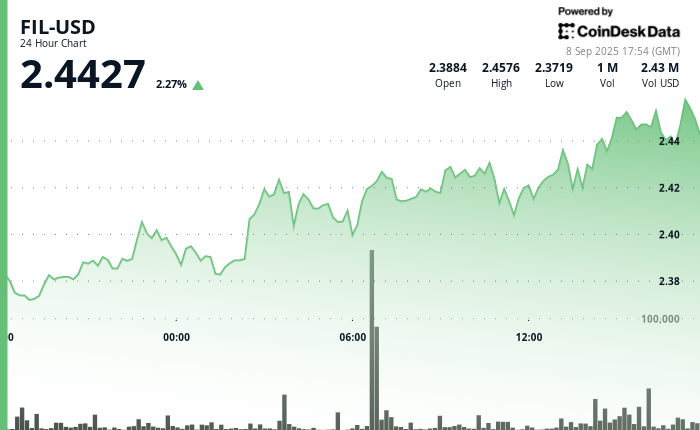The crypto market is in the green zone again, according to CoinStats.
Top coins by CoinStats
BTC/USD
The price of Bitcoin (BTC) has increased by 1.35% since yesterday.
Image by TradingView
On the hourly chart, the rate of BTC has made a false breakout of the local resistance of $112,775.
You Might Also Like
However, if the daily bar closes around that mark or above it, the upward move may continue to the $113,000 range by tomorrow.
Image by TradingView
On the longer time frame, the price of the main crypto is on its way to the resistance of $113,473. If bulls’ pressure continues, there is a chance to witness a test of the $113,000-$116,000 area soon.
Image by TradingView
From the midterm point of view, the rate of BTC is rising after a false breakout of the $107,389 level. However, buyers might need more time to accumulate energy for a further move. In this case, sideways trading in the area of $111,000-$115,000 is the most likely scenario.
Bitcoin is trading at $112,831 at press time.









